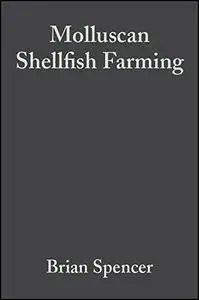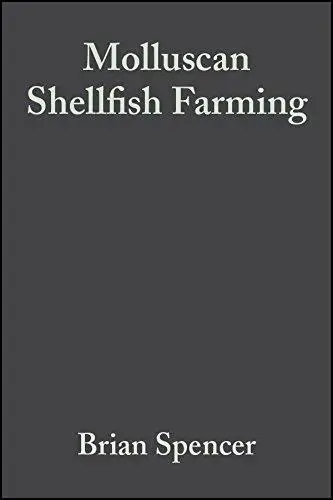Molluscan Shellfish Farming By
2002 | 291 Pages | ISBN: 085238291X | PDF | 3 MB
2002 | 291 Pages | ISBN: 085238291X | PDF | 3 MB
As the world’s population and the demand for seafood increase, the production of seafood from aquaculture has also seen massive increase and is set to continue. With wild stocks of many molluscan species depleted, aquaculture is firmly recognised as the means now, and for the future, of bridging the gap between the supply and demand of seafood.This important book covers the general biology of bivalves, hatchery culture methods and specific and comprehensive details of the cultivation of many commercially important species, including clams, oysters, mussels, scallops and abalone. Based on the author’s extensive experience and hands on research into this subject, Molluscan Shellfish Farming provides essential information for all involved in the culture of molluscs. The book will be particularly useful for aquaculture personnel on working fish farms and in academic research posts. Libraries in all universities and research establishments where aquaculture and biological sciences are studied and taught should have copies of this book available.Part of this book is based on a Buckland Lecture, sponsored by the Buckland TrusteesContent: Chapter 1 Bivalve Cultivation in the UK: Structuring Influences (pages 1–27): Chapter 2 General Biology of Bivalves with Respect to Cultivation (pages 28–44): Chapter 3 Hatchery Culture of Bivalve Larvae and Juveniles (pages 45–76): Chapter 4 Cultivation of Hatchery?Reared Oysters in the Sea (pages 77–101): Chapter 5 Clam Cultivation (pages 102–122): Chapter 6 Oyster Cultivation (pages 123–146): Chapter 7 Mussel Cultivation (pages 147–165): Chapter 8 Scallop Cultivation (pages 166–184): Chapter 9 Abalone Cultivation (pages 185–202): Chapter 10 Bivalve Predators and their Control (pages 203–227): Chapter 11 Criteria for Selecting a Site for Bivalve Cultivation (pages 228–244): Chapter 12 Processing Live Bivalves for Consumption (pages 245–264):



